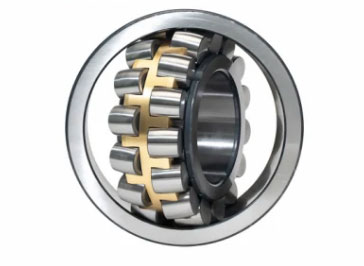Thrust Ball Bearings
Thrust Ball Bearings: Ideal for High-Speed and Low-Load Applications
Thrust ball bearings are a type of rolling element bearing designed to handle axial loads, also known as thrust loads. They are commonly used in applications where low load and high speed are present, such as in automotive transmissions, machine tools, and small electric motors.
The design of thrust ball bearings consists of a set of steel balls arranged in a cage, which allows them to handle axial loads in one direction. The bearings' unique design allows for low friction, making them ideal for high-speed applications.

One significant advantage of thrust ball bearings is their compact design, making them suitable for use in applications with limited space. They are also relatively easy to install and maintain, requiring minimal lubrication.
Thrust ball bearings come in various designs, including single direction and double direction. Single direction thrust ball bearings can only handle axial loads in one direction, while double direction thrust ball bearings can handle axial loads in both directions.
One significant challenge when using thrust ball bearings is ensuring proper lubrication. The right lubricant can significantly extend the bearing's life, reduce friction, and prevent overheating. The lubrication type and quantity depend on the bearing design, operating conditions, and the load applied.
In conclusion, thrust ball bearings are ideal for high-speed and low-load applications, such as in automotive transmissions, machine tools, and small electric motors. Their compact design and low friction make them suitable for use in applications with limited space. Choosing the right thrust ball bearing for an application is crucial to achieving optimal performance, reducing maintenance costs, and ensuring long-term reliability. Proper lubrication is also crucial for maximizing the bearing's lifespan and preventing premature failure.
- Previous: Thrust Roller Bearings
- Next: Spherical Roller Bearings













